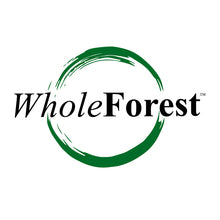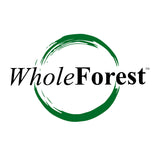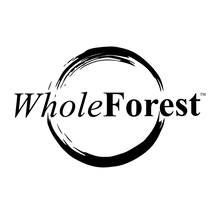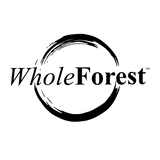The Dangerous Incentive to Clear-Cut
In the 1970's, the Ecuadorian government freely offered their citizens the right to claim vacant land, thus encouraging a steady stream homesteaders to carve out a new life in the North Western rainforests of Ecuador. Families traveling to the Canandé watershed walked up to five days, traveling through unfamiliar jungle, to stake claim to land averaging 125 acres in size. They began clearing land with nothing but axes, and from sun up to sun down they'd fall trees. Once they'd cleared enough land to plant food for their families, they'd continue clearing land for cattle and coffee. As time passed and population in the region grew, a road was created by a plywood company, creating easier access to the lower stretch of the Canandé River Valley. With easier access to this land, an opportunity for the more lucrative product, African Oil Palm, became possible and deforestation boomed.

The farms upriver that were without road access refrained from clear-cutting. Although blocks were cleared for crops and cattle, the forest still stretches from the end of the road to the border of Cotacachi Cayapas, the largest government reserve in the Chocó Wet Forest. Within this forest-farm patchwork remains seven communities. By the year 2000, a few of them had small schools providing basic education up to the age of 12. Most families earned income through agriculture and illegal logging. But nutrients in the soil are poor, so cleared land quickly becomes infertile. In order to survive, families were forced into a cycle of forest conversion. This cycle provides no opportunity for upward mobility and encourages the continuous degradation of the world's most precious rainforests. We're working with community members to break this cycle by creating an economy rooted in conservation.



